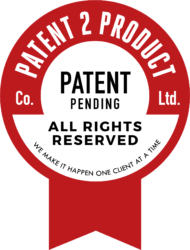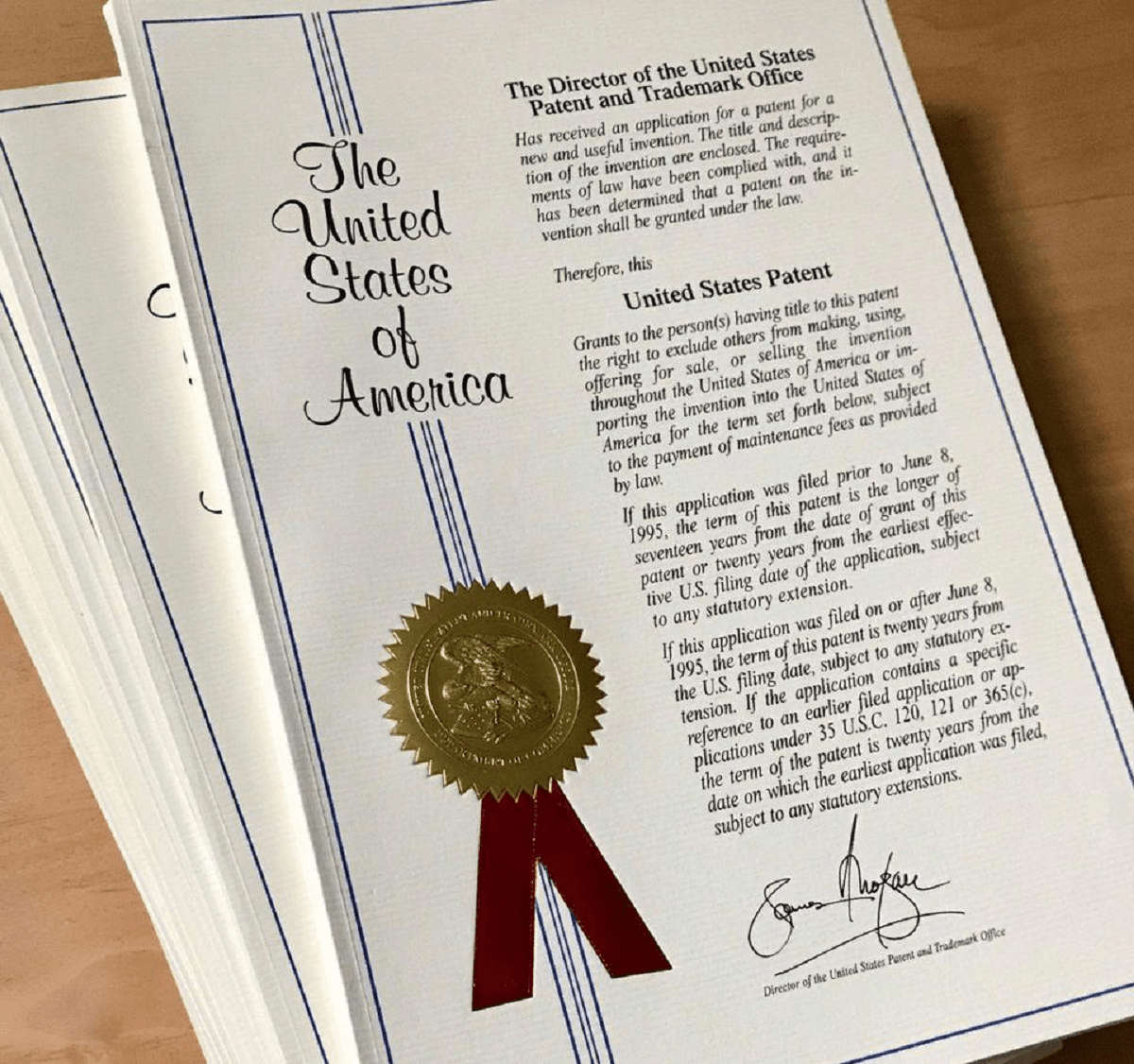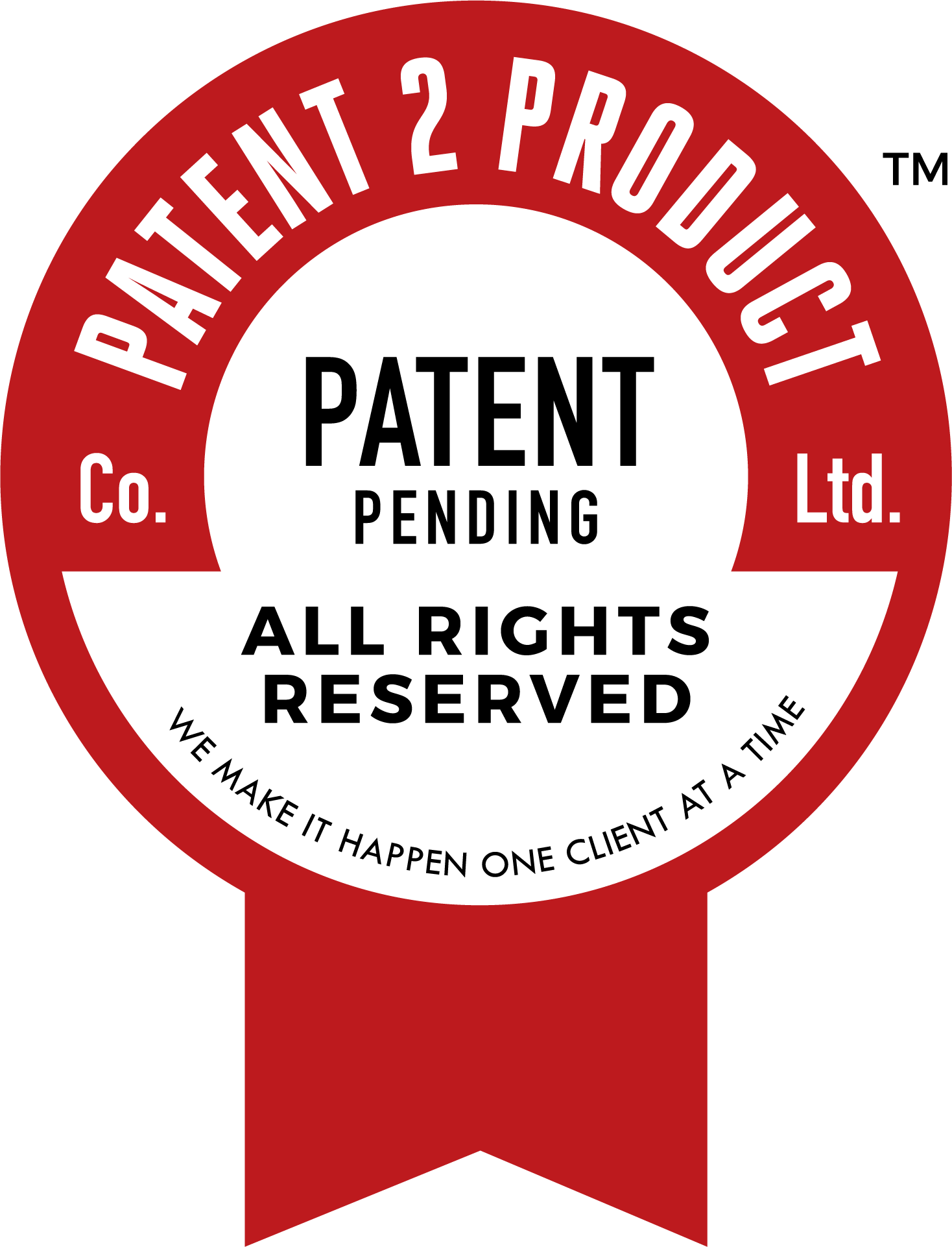
When I started to file patent applications, I was sure the United States Patent and Trademark Office was against me. My claims were always rejected! I know better now. The USPTO is your friend, not a foe. There is a specific process for examining patent applications. If you’re unaware of how that process works and how to win, you may feel surprised, upset, and indignant upon learning the claims in your patent have been rejected.
Don’t be. It’s all part of the process. To the extent that you can, leave your emotions out of it. Education can help you do that. You must familiarize yourself with what to expect, and act in kind. Don’t let yourself be motivated by fear.
Tariq Najee-Ullah is similarly passionate about empowering inventors and entrepreneurs with good information. He and I connected through the Inventors Network of the Capital Area. For 10 years, Najee-Ullah was a patent examiner at the USPTO who specialized in electrical engineering technologies, including telecommunications, digital communications, wireless and wired computer networking and storage area networks.Last year, he left the Patent Office to become a patent agent and began advising inventors, innovators, startups, and small businesses how to turn their inventions into intellectual property. He’s also an entrepreneur who’s sold on Amazon.
5 Content Marketing Trends That Should Be On Your Radar
Facial Recognition Bans: What Do They Mean For AI (Artificial Intelligence)?
Assembling A Top-Notch AI Team
“Searching for prior art is the number one function of an examiner,” Najee-Ullah told me recently in a phone interview. “They are not there to scuttle hopes and dreams.”
For an invention to be patentable, it must be new, meaning it has not been made public. Essentially, prior art is evidence to the contrary. It includes patents as well as commercial uses of the invention, published articles and other public disclosures.
Patent applications that have value include variations. Searching for prior art will help you come up with variations. In fact, it’s an essential component of studying the market, which is the first step I recommend to anyone who has an idea. Use what you discover in prior art to help you hone in on your invention’s point of difference, which is a fantastic selling tool.
When searching for prior art, you must adopt the mindset of detective. It’s all about peeling back the layers. Moving forward, I will be writing about how to search for prior art specifically, as well as when to let prior art stop you from moving forward.
6 Tips To Get The Most Out Of The Patenting Process
1. Teach yourself how to search for prior art. Even if you end up deciding to hire someone to help you, every inventor and entrepreneur should develop their own basic understanding. When I had my first ‘big’ idea, the two non-provisional patent applications I had my attorneys file right away turned out to be worthless. Why? Because the Washington D.C. firm I had paid to do a prior art search had failed to find two patents that described my invention exactly.
My attorneys told me to move on, but I poured over those patents because I couldn’t let it go. Eventually, I realized they did not include a method of manufacturing, which I could — and did — patent. Take your fate into your own hands.
2. But don’t obsess about finding every bit of prior art, because you won’t. It isn’t a good use of your time. Even when Najee-Ullah visits the USPTO facilities in person to use their software for prior art searching, he said the examiner often finds something he did not.
“That’s their job. That’s how they protect the public,” he stressed.
Here’s some additional food for thought. My longtime patent attorney John Ferrell (who primarily advises technology startup companies) told me that he discourages founders who have big ideas from spending much time researching prior art. The risk being, if they find something, they might give up.
3. Provide your attorney with the best information possible. Najee-Ullah and I agree: Your representative will only be as effective as the information you provide him or her with. You must be the expert. What is your plan for commercialization? Are you truly able and ready to start and grow a company? Have you considered licensing? Other forms of intellectual property might serve your goals better.
4. Take the time to identify the right patent practitioner. Finding someone who is going to be honest with you is best, Najee-Ullah said. Before you begin working with a practitioner, do your research. Get referrals. Read patents the practitioner has written. My student Diana Hertel showed me a great tip.
Visit USPTO.gov and click the green box on the upper right side of the page labeled “Quick links.” Under the column Patents, click PatFT. Then enter the practitioner’s last name in Term 1 and select “Attorney or Agent” in Field 1.
That way, you can find out how recently the practitioner has had a patent issue. You can also assess their experience. When you read a patent, do you understand what is being claimed? It’s important that you do.
Najee-Ullah encourages people to go one step further, and try to determine whether the technology in question was commercialized. How so?
You should also do your due diligence and confirm the practitioner is in good standing with the USPTO.
5. Seek out a representative (be it a patent attorney or a patent agent) who plays well with others. There were times when Najee-Ullah can remember being screamed at by a practitioner for an hour during an interview. Needless to say, the issues at hand were not addressed, let alone resolved. Make sure the individual you hire has the right temperament to get the job done. Your practitioner must be able to dialogue with the examiner.
“Respect the rules and the process,” Najee-Ullah advises. It’s not that examiners want to be tough. If they miss something, and someone else catches it later on, they’ll face consequences, he explained. They’re expected to be very thorough.
6. Take advantage of the resources the USPTO offers — there are many. For example, Najee-Ullah encourages inventors to schedule a meeting with their examiners. Look at the experience as an opportunity to negotiate, not attack.
“Examiners will help you,” he said. “During your interview, give them something to look at. Ask them, ‘What do you think of these features?’”
The USPTO offers free legal assistance to under-sourced inventors as well as classes, events, and trainings.
At the end of the day, you must take responsibility for learning about the patent process. No amount of money can replace education and insight.



